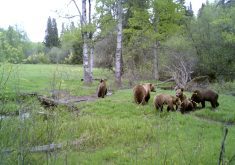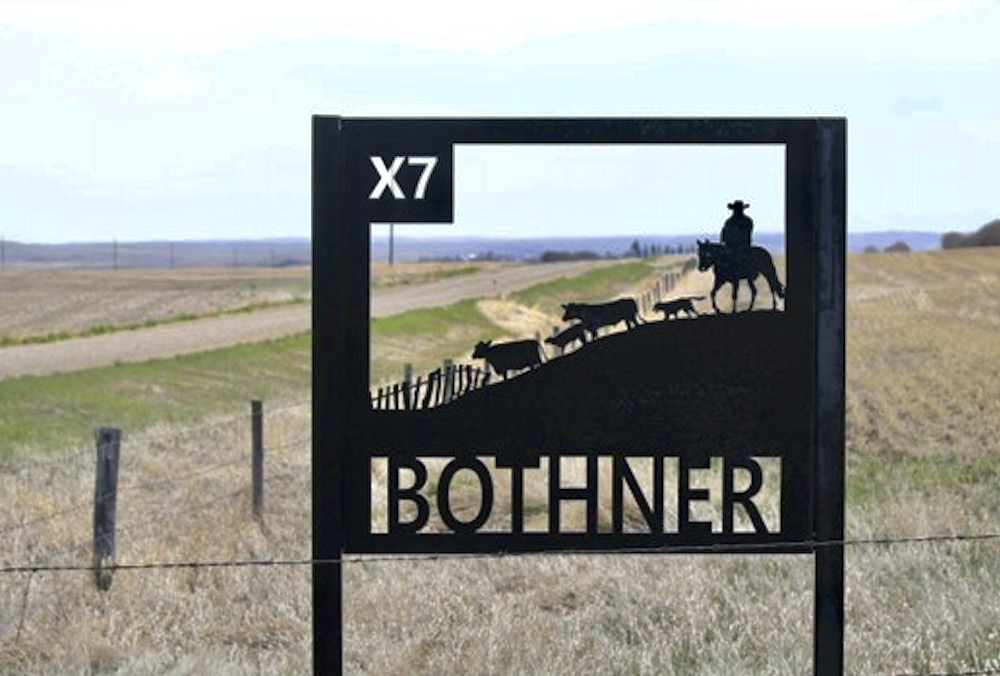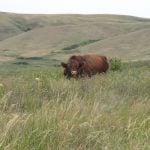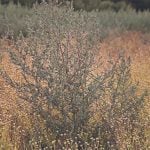The tools will help forage and pasture managers identify best practices
Canadian producers will soon have access to province-specific online Habitat and Biodiversity Assessment Tools for individual provinces.
Each provincial tool is meant to help land managers gain an understanding of important habitats and biodiversity on their land and the beneficial management practices they could implement to sustain them.
The tool was originally developed in Alberta to work alongside its environmental farm plan. In 2019, the Canadian Forage and Grasslands Association (CFGA) received funding from Environment and Climate Change Canada’s Nature Fund to adapt the Alberta Habitat and Biodiversity Assessment Tool for other provinces.
Read Also
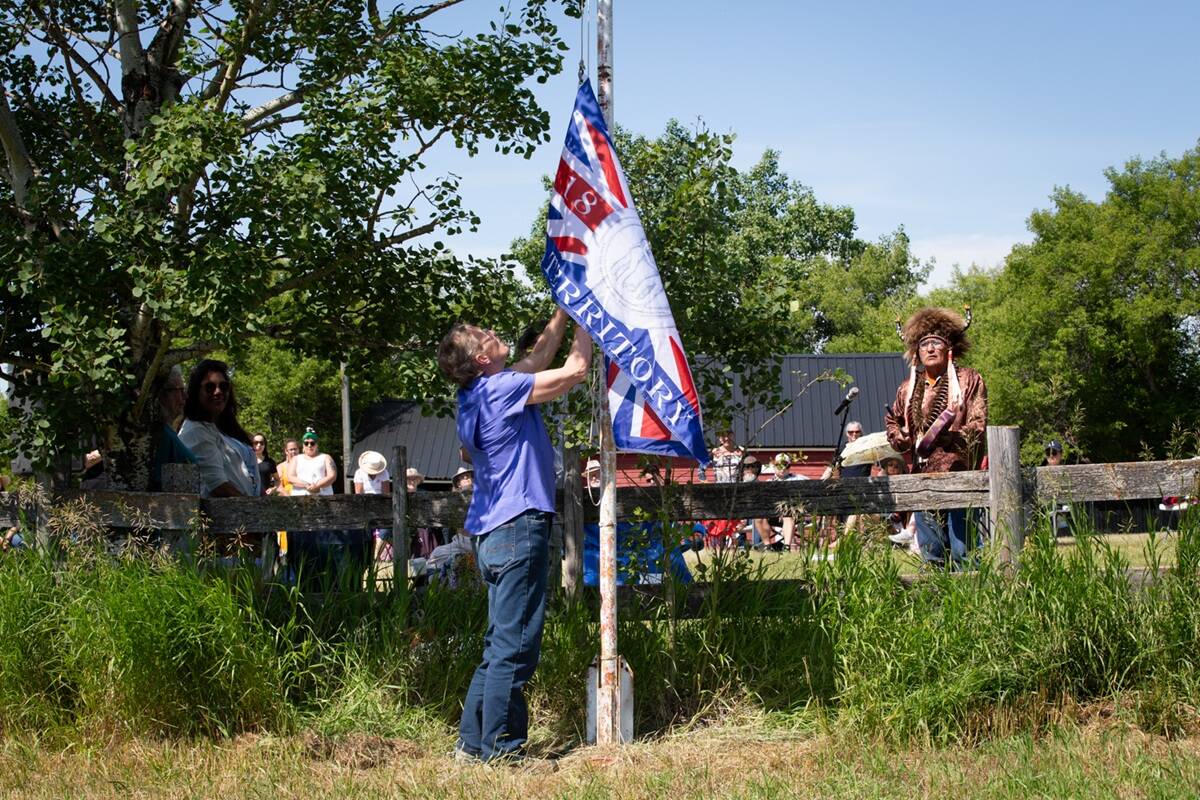
Treaty Land Sharing Network expands reach in Saskatchewan and Alberta
The Treaty Land Sharing Network, which connects land holders with First Nations and Metis people, has expanded since it began in 2018
The project is in its sixth and final year, with tools now available for Alberta, Manitoba, Nova Scotia and Saskatchewan. The CFGA will launch tools for British Columbia, New Brunswick, Ontario, Prince Edward Island and Quebec in the winter of 2025.
How it works
The tool can be used by growers or extension specialists to identify and prioritize tailored, beneficial management practices and conservation measures, also called stewardship opportunities, that can help maintain or improve wild species’ habitat and the sustainability of the agricultural operation.
“The (Habitat and Biodiversity Assessment) tool is, first and foremost, an awareness tool,” said François Blouin, the national technical lead for the CFGA project. “It helps to validate the management practices that may already be in place that are favourable to the biodiversity and the environment. It suggests new ones that could be implemented within the farm context and prioritizes them by the anticipated impact on biodiversity.
“It structures them in an informative way to provide some intent, guidance and justification on the way to do it, the where and the why. It also offers some additional resources that could help users understand the stewardship opportunity or find assistance to implement it.”
Another benefit of the tool is its ability to be integrated with other tools, knowledge and technology in an adaptive management framework associated with biodiversity, conservation and sustainable agriculture.
Blouin explained that to do this, users set objectives they want to achieve for biodiversity conservation, and develop a plan with target measures through their environmental farm plan or with an extension specialist.
The tool is most useful between setting objectives and developing a plan as it can help determine some of the actions to integrate into the plans. Once those actions are determined, the plan and habitat conservation strategies can be implemented and monitored and, using the target measures, evaluated for effectiveness. Adjustments can be made if needed.
“Then you evaluate again until you’re happy with it,” said Blouin, explaining users can make notes about what worked and what didn’t work and then go back to set up some new objectives. “In the best of worlds, I’d like to see these notes go back to (the tool) developers so we can use the producer experience to improve (the tool).”
Security for the tool is currently set up so only the registered user or an appointed extension specialist can see sensitive information, such as land details or location. This ensures that farmers’ private data is secured.
Tool features
The tool is tailored to the farm context including geographical location and the types of habitats on the land. It is also customizable to the user’s interests, values and farm objectives.
Blouin says users can filter this information based on the groups of species they are interested in or the land uses they are looking at. They can also sort it based on the anticipated effect on species or those opportunities that may be easier to implement.
The tool’s stewardship opportunities are organized into packages of compatible practices targeting priority species and into general stewardship opportunities. The compatible opportunities in each optional package ensure that competing species do not conflict if a user were to apply all of the stewardship opportunities on the same parcel of land.
“The general stewardship opportunities are those where the benefit is beyond some of the priority species,” said Blouin. “This goes to the environment in general including ecosystems and ecological goods and services.”
“Within those packages, the stewardship opportunities are sorted in decreasing order of priority,” says Blouin. “So, if you were to pick only one, the top one might be the one with the greatest anticipated benefit for multiple priority species, if it fits with your objectives.”
The Habitat and Biodiversity Assessment Tool includes a PDF report that users can either save and retrieve at a later time or print. The report summarizes customization and output as well as additional information about the potential species, the stewardship opportunities and contacts for implementation support and potential funding.
The tool is standardized in nine provinces, providing consistency across Canada. It allows producers to easily share the results of eventual testing and improvements to the stewardship opportunities. “This is a living thing, so obviously, we learn all the time about it and then we can improve on that,” Blouin said.
Accessing the tool
The provincial tools are available through a secure online platform on the CFGA website. Agricultural producers or an appointed extension specialist can register for free in their province and access the tool with their username and password to ensure privacy.



